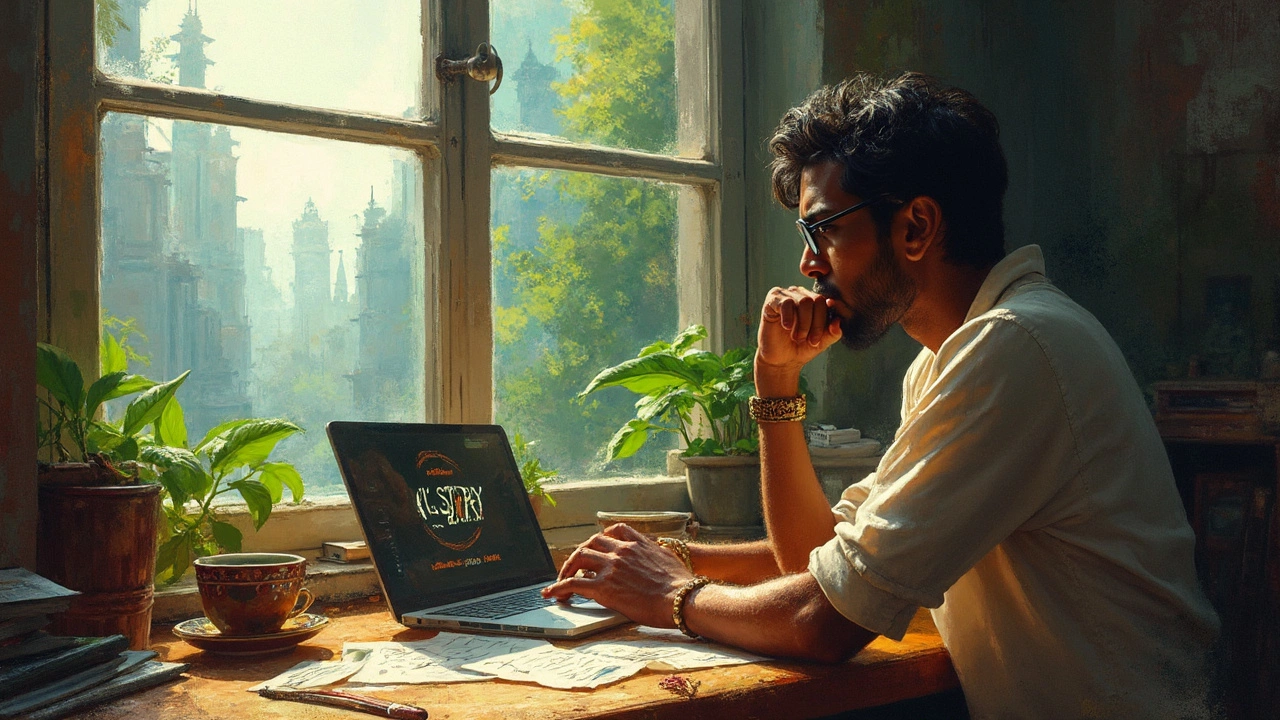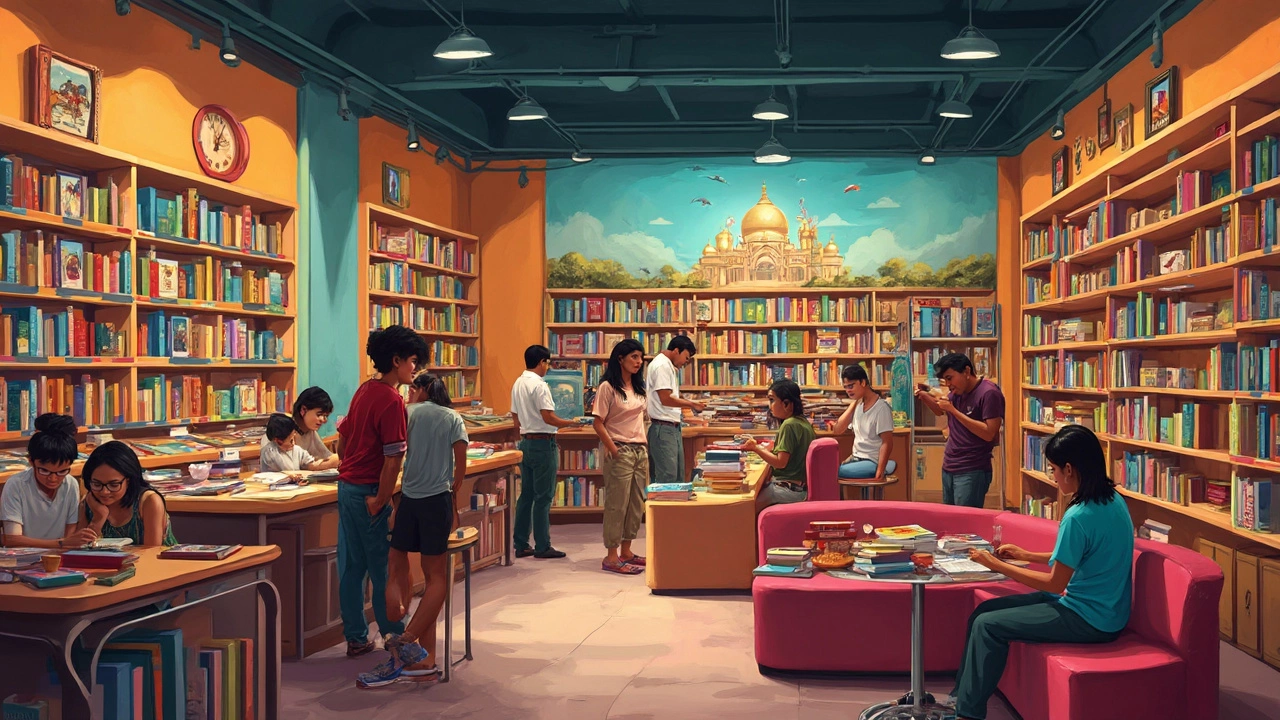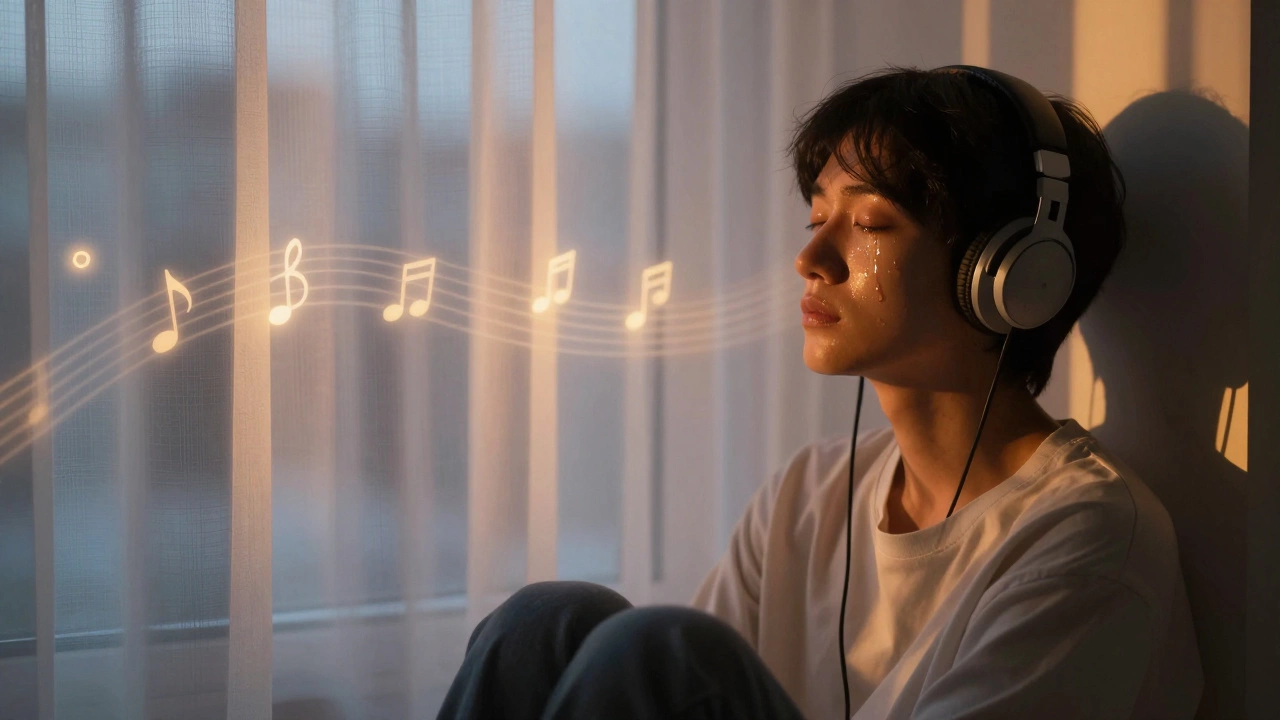Sequins and smartphones, the internet and internal voices—we live in a mash-up of timelines and technologies. Open any recent bestseller list, and you’ll spot novels set last year, last month, even last week. Fast food, global politics, the latest TikTok trend—today’s books mirror the world as we actually see and live it. That’s the pulse and tension of the contemporary genre: it isn’t just about current settings but the way stories react to and reflect our fast-changing lives. Few genres are as slippery to define because the ground’s always shifting under our feet.
The Roots and Range of Contemporary Genre
The term ‘contemporary genre’ isn’t just a time stamp, even though it usually covers stories from the 1960s to the present day. It’s all about tone, ethos, and relevance. Unlike classic or historical fiction, these stories talk to us in our current language, drop in moments we recognize—like doomscrolling on your phone before bed—and tap into issues that shape headlines. The earliest use of the phrase goes back to literary critics trying to make sense of postwar fiction’s break from tradition. Today, it’s a catch-all for work that just feels now.
The range is wild. On one end, there are fast-paced commercial thrillers set in gleaming cityscapes. On the other, slow-burn slice-of-life novels mapping out a lonely college freshman’s year. The genre hops borders—think of Nigerian writers like Chimamanda Ngozi Adichie or Indian voices like Aravind Adiga, whose fiction reflects life in the 2000s and beyond. These stories ask us to reconsider our daily experience with fresh eyes: what does it mean to live in the “now”? That question hangs over every plot, theme, and character arc.
This style can pop up in every form: novels, memoirs, poetry, and more. But the heart of the genre lies in voice and perspective. Writers harness close first-person or inventive third-person narration, which lets us see the messiness and immediacy of modern life. Dialogue mimics how we actually talk and think. Forget flowery prose and distant omniscient narrators—contemporary is about leaning in close.
Key Features: What Makes Contemporary Stand Out?
It’s tempting to slap the ‘contemporary’ label on anything set after 1960, but there’s more to it than just the timeline. Issues, emotions, and reality define it. Contemporary stories embrace ambiguity—problems rarely tie up with a neat little bow. People are flawed, families splinter, mental health struggles peek from behind every iPhone screen. It’s about mess, risk, and learning on the fly. Sometimes, it means showing the struggles of juggling three jobs. Sometimes, it’s the confusion of growing up in an age of infinite digital connection but real-life loneliness.
The genre draws heavily on social issues. Expect explorations of gender, race, identity, class. This isn’t accidental: contemporary writers track real-world conversations, pulling them into fiction. The ‘Own Voices’ movement kicked off around 2015, encouraging authors to write stories rooted in authentic personal experiences—think Angie Thomas’s “The Hate U Give.” In fact, a 2022 survey from the American Library Association showed that books addressing social issues saw a 37% spike in popularity that year.
Another big mark of contemporary is the way technology creeps (or crashes) in. Social media, apps, and video calls aren’t just backdrops, but plot points propelling stories forward or fracturing communication. Take Sally Rooney’s “Normal People” or Otessa Moshfegh’s “My Year of Rest and Relaxation”—these connect through style and subject matter, but both show how our relationship with tech feels totally fresh, even claustrophobic.
Even the endings are different. Classic novels might end with marriage, death, or redemption. Contemporary stories often reject tidy resolution, sometimes stopping mid-thought, like life itself hits pause. Instead of ‘happily ever after,’ you get ‘for now, this is honest enough.’
| Feature | Classic Fiction | Contemporary Genre |
|---|---|---|
| Setting | Historical, pre-1960s | Modern, post-1960s to now |
| Characters | Archetypical, distant | Nuanced, flawed, diverse |
| Themes | Moral struggles, family, tradition | Social identity, tech, mental health |
| Ending | Resolved, redemptive | Ambiguous, open-ended |
| Language | Formal, restrained | Conversational, everyday |

Contemporary Genre Across Media
The influence of the contemporary genre isn’t stuck on the page. It brushes shoulders with TV, film, podcasting, and even video games. Look at the streaming boom: Netflix’s original shows mine the same emotional and social material as books. Series like “Master of None,” “Fleabag,” and “Euphoria” speak the same language as contemporary novels—the raw, honest, often uncomfortable truth about modern life.
Music and podcasts riff on these ideas, too. Pop albums tell stories about identity, heartbreak, or self-reinvention, echoing what you find in contemporary fiction. In fact, since 2021, podcast listenership worldwide has grown by 30%, fuelled in part by narrative-rich, character-driven series that wouldn’t sound out of place in a bookstore window. This cross-pollination means that contemporary genre isn’t just fixed in print; it’s everywhere you look (and listen).
Even visual media feels inspired. Movies and series adapted from contemporary books—like “Little Fires Everywhere” or “Big Little Lies”—keep the genre’s messy, real-world energy alive. Audiences are drawn to these because they recognize elements from their own lives: the text message ping during an argument, those fast food wrappers scattered across a college student’s floor, that moment of disconnection in a crowded room. These details seem small, but they ground stories in the relatable now.
Writing and Reading the Contemporary Genre: Tips and Facts
If you want to write contemporary stories, start by dropping your audience right into the real world. Don’t dodge details: mention traffic jams, instant ramen, or how a Zoom meeting feels compared to an in-person chat. It’s small specifics like these that pull in readers. Go out and actually listen—at the bus stop, in line for coffee, on social media. Capture natural voices and let your characters talk how people truly do.
- Tip: Keep a notebook (or phone notes app) for overheard dialogue or surprising details. You’ll be shocked at how much truth is stranger than fiction.
- Tip: Don’t feel pressure to deliver epic endings. Readers of the contemporary genre value honesty and vulnerability over neatness.
- Fact: According to BookScan, over 55% of readers under 35 listed ‘relatability’ as their top reason for choosing contemporary fiction in a 2023 poll.
- Tip: Address social and cultural issues authentically, even if it means showing things that are unresolved or messy.
When reading contemporary novels, look beyond just the timeline. Ask what the story adds to current conversations—maybe it’s sensitively handling topics like anxiety, migration, or gender identity. Or maybe it’s simply finding beauty in ordinary routines. Try mixing your reading list: if you always read US-based contemporary fiction, pick up something from South Korea or Brazil. The genre is global, and so are its stories.
Above all, remember—contemporary isn’t about being cool or trending. It’s about putting a finger on the heartbeat of right now, in all its messy, flawed, connected glory. As the world keeps morphing, so does the genre. And that makes it a literary space that’s always fresh, unpredictable, and worth revisiting—each time, with new eyes.





